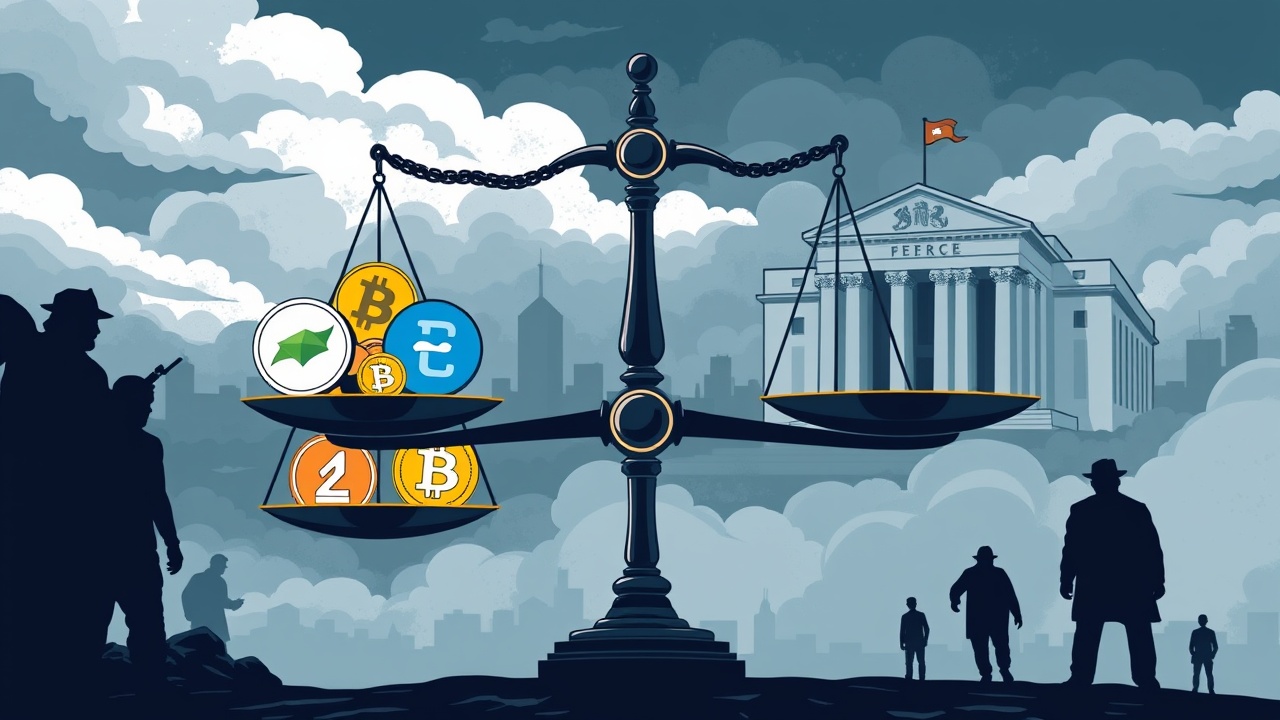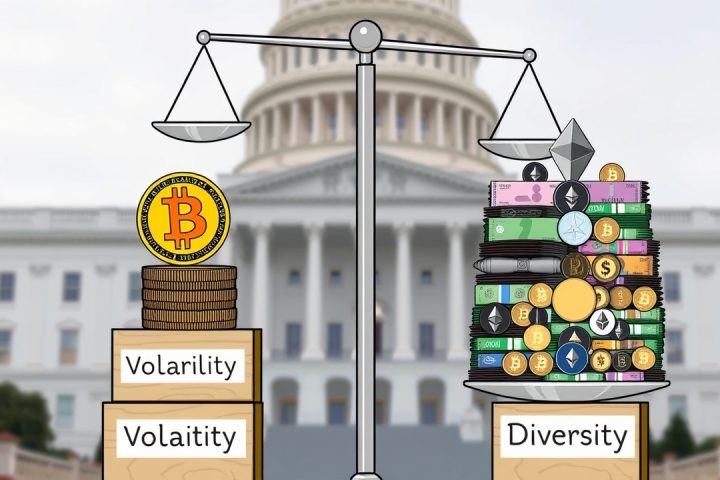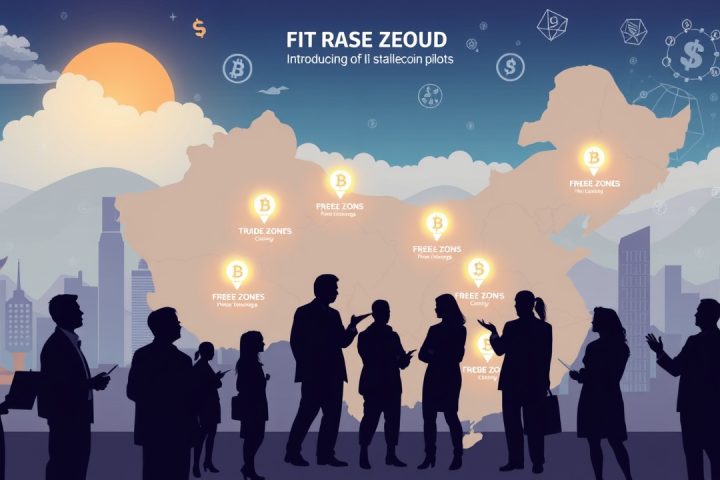Federal Reserve Conference on Payment Innovations
The Federal Reserve of the United States is set to host a significant conference on October 21, aimed at exploring innovations in payment systems, with a particular focus on stablecoins. Announced by the Fed on Wednesday, this event will gather key stakeholders, including regulators, financial institutions, and technology experts, to discuss how developments such as tokenization, artificial intelligence, and decentralized finance might transform global payment frameworks.
Strategic Emphasis on Technological Advancements
This conference aligns with the Fed’s strategic emphasis on balancing technological advancements with financial stability. According to Federal Reserve Governor Christopher J. Waller, the ongoing evolution in payment systems is essential to adapt to the shifting demands of consumers and businesses. Waller has emphasized the importance of addressing both the opportunities provided by new technologies and the associated challenges, in a bid to enhance the security and efficacy of payment processes.
Conference Discussions and Public Access
Scheduled discussions during the Payments Innovation Conference will delve into the interplay between traditional finance and decentralized finance, investigate emerging business models related to stablecoins, and consider the implications of AI on payment methodologies. Additionally, sessions will focus on tokenization, increasingly recognized as a transformative mechanism for the issuance and transfer of financial assets. The event will be accessible to the public via a livestream on the Fed’s website, with further details anticipated in the upcoming weeks.
Growth of Stablecoins and Regulatory Implications
The timing of this conference is noteworthy, given the swift growth of stablecoins in the digital economy, where over $230 billion worth of these tokens—such as Tether’s USDT and Circle’s USDC—are currently in circulation. These digital assets have become integral to the cryptocurrency market and are increasingly viewed as a linkage to conventional financial systems. As stablecoins gain traction, policymakers are grappling with their potential to enhance payment efficiency while also considering risks associated with their adoption, particularly regarding potential disruptions to banking deposits and current financial infrastructures.
This upcoming gathering by the Fed marks an urgent shift in addressing the implications of stablecoins within the broader financial ecosystem, especially following Congress’s recent approval of the first federal framework governing stablecoins in July—granting banks a more defined regulatory pathway for issuing stable, dollar-backed tokens.
Advocacy for Proactive Regulation
Moreover, Michelle Bowman, Vice Chair for Supervision at the Federal Reserve, has been advocating for a proactive regulatory approach toward blockchain and digital assets. During an address in Wyoming on August 20, she proposed allowing Fed personnel to hold small amounts of cryptocurrencies to better grasp the technology’s workings, while stressing that avoiding active engagement could undermine the relevance of the banking system to consumers. She encouraged regulators to collaborate with industry players to recognize the potential advantages of blockchain, including tokenized assets that can optimize ownership transfers.
Regulatory Adjustments and Legislative Efforts
As the Fed prepares for this conference, the focus on stablecoins suggests a commitment to directly engage with the evolving business models within the rapidly expanding crypto sector.
In parallel, the Federal Reserve has recently eased its supervisory grip on banks’ involvement with cryptocurrencies, dismantling stricter regulations set forth in 2022 and 2023 that mandated pre-approvals for digital asset transactions. In April, the Fed announced the withdrawal of supervisory letters requiring banks to notify regulators before undertaking crypto or stablecoin activities, viewing this adjustment as a way to align oversight with changing risks while fostering banking innovation.
The Fed’s decision in August to wrap up its “Novel Activities Supervision Program”, which monitored banks’ crypto engagements, reflects a reassessment of their need for specialized supervision. The Fed concluded that the program achieved its goal of enhancing understanding of digital asset risks, thereby making continued intensive oversight unnecessary. This regulatory shift has been celebrated as a significant victory by crypto advocates, including Senator Cynthia Lummis, who regarded it as a pushback against what she termed “Operation Chokepoint 2.0”—a perceived effort to limit banking services for cryptocurrency firms. President Donald Trump has also been critical of what he views as excessive oversight, framing it as part of a broader scheme to marginalize crypto entities.
The recent adjustments mean that banks will be evaluated under a unified risk-management framework akin to traditional banking activities, although the Fed has reiterated that compliance and safety standards remain essential. Regulatory bodies, including the Federal Deposit Insurance Corp. (FDIC) and the Office of the Comptroller of the Currency (OCC), have reaffirmed risk management responsibilities for banks engaged in crypto custody, reiterating the necessity for stringent controls and compliance with laws.
Current legislative efforts also aim to clarify the regulatory landscape for cryptocurrencies. During July, House Republicans observed “Crypto Week”, promoting bills like the CLARITY and GENIUS Acts, aimed at defining regulations related to stablecoins and securities. Additionally, the Anti-CBDC Surveillance State Act seeks to prevent the establishment of a U.S. central bank digital currency. Overall, these shifts in regulation and legislative initiatives signal a move towards a more permissive stance on cryptocurrencies within the U.S. government.




